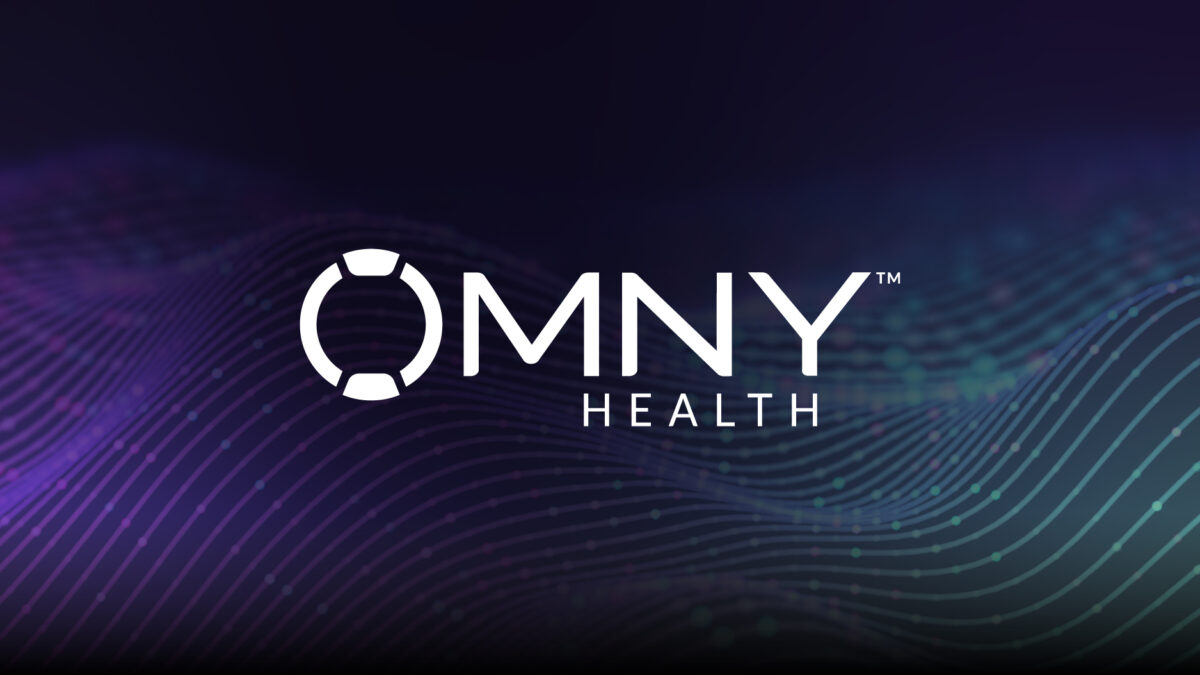The pharmaceutical industry is rapidly embracing real-world evidence (RWE) to accelerate drug development and regulatory approvals. External control arms (ECAs), built using real-world data (RWD), are transforming clinical trials by offering an alternative to traditional placebo groups. By reducing recruitment burdens, increasing statistical power, and aligning with regulatory expectations, ECAs have the potential to redefine late-stage drug development.
OMNY Health is at the forefront of this shift, providing research-ready EHR datasets that seamlessly integrate into clinical trial designs. Our recent study demonstrates how EHR-derived control arms can effectively mirror traditional placebo groups, offering a robust and scalable solution for regulatory submissions.
Building an External Control Arm with OMNY Health’s RWD
To evaluate the feasibility of an ECA in a late-stage clinical trial, OMNY Health leveraged six specialty dermatology networks and six integrated delivery networks (2017-2024) from its real-world data platform. The study constructed an ECA for the Phase 3 POETYK PSO-1 trial, which evaluated deucravacitinib versus placebo for moderate-to-severe plaque psoriasis.
The ECA was built using precise patient selection criteria that ensured alignment with the trial’s placebo group. Patients were included if they met physician global assessment (PGA) score eligibility, ensuring comparable disease severity. Baseline treatment history was carefully controlled, and topical medication use was restricted prior to the index severity visit to reflect treatment-naïve status. By tracking patients longitudinally, we assessed week-16 outcomes using structured EHR data, mirroring the trial’s methodology.
While some demographic differences were observed—ECA patients were older, more likely to be female, and had a different racial distribution compared to the placebo arm—the disease severity and baseline clinical characteristics were well matched.
Key Findings: OMNY Health’s ECA vs. Trial Placebo Arm
The real-world ECA demonstrated a significantly higher response rate compared to the traditional placebo arm, reinforcing its validity as a comparator.
- 18.5% of ECA patients achieved PGA 0/1 (clear or almost clear skin), versus only 7.2% in the placebo arm.
- Despite differences in age, gender, and race, disease burden and severity scores aligned closely between the ECA and placebo group.
- Stratification by prior biologic use, systemic therapy history, and weight showed no notable impact on outcomes.
One notable finding was racial disparities in achieving the primary endpoint within the ECA, suggesting that differences in patient demographics between the ECA and placebo group may have contributed to the observed differences in response rates. Further research could explore adjustments such as population weighting to refine ECA comparability even further.
These results confirm that OMNY Health’s real-world dataset can be used to generate ECAs that replicate clinical trial placebo groups, while also revealing new insights into patient diversity, treatment history, and long-term outcomes.
Why OMNY Health’s Data is a Game-Changer for External Control Arms
Traditional clinical trials face high recruitment costs, ethical concerns over placebo use, and long enrollment timelines. OMNY Health helps to eliminate these barriers by offering regulatory-grade EHR data that aligns with clinical trial endpoints.
With 85M+ patients, 1B+ encounters, and 4B+ unstructured clinical notes, our dataset provides a scalable and statistically powerful alternative to traditional control groups. By incorporating structured disease severity scores, prescribing patterns, and physician-reported outcomes, our ECAs offer more efficient and cost-effective alternative to prospectively collected placebo data.
Beyond reducing recruitment time, OMNY Health’s real-world ECAs improve trial generalizability, capturing diverse patient populations often underrepresented in traditional studies. As the FDA increasingly endorses RWD for regulatory decision-making, the ability to integrate ECA’s into pivotal trials is becoming a competitive advantage for pharmaceutical companies.
